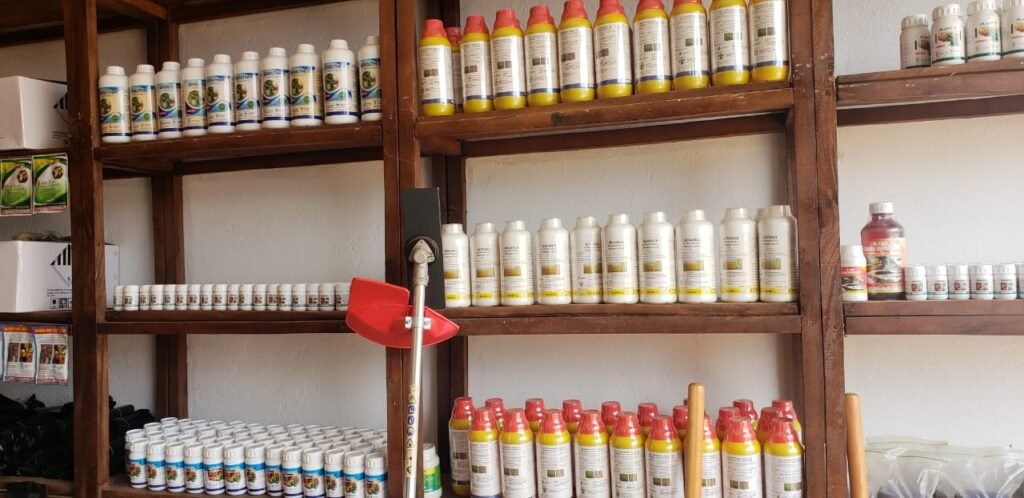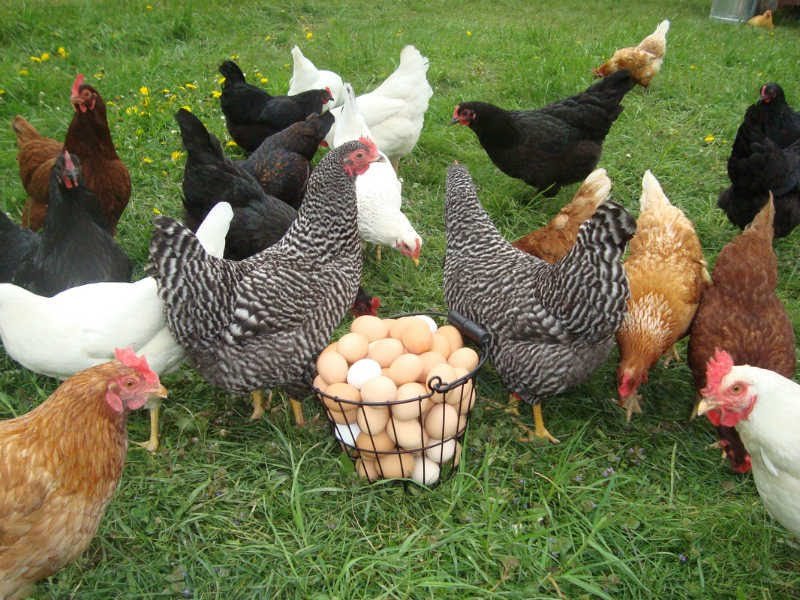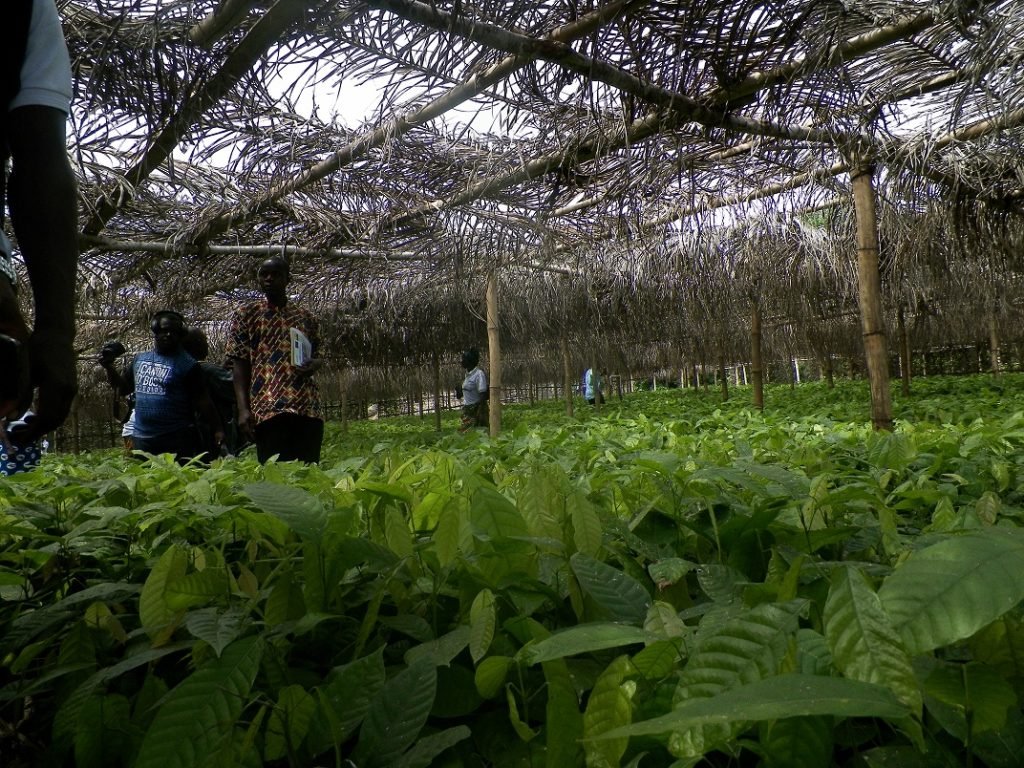Pig Farming: Major parasites, diseases, prevention, and treatments

Existing farms, be it large or small, were established for the cash, the profit. But parasites are other agents affecting pig farmers’ cash flow. Globally, there are over 1,000 parasites affecting farm animals. Parasites, internal or external pose serious health challenges to pigs. In this article, AgriGrind highlights major parasites, parasites diseases, prevention, and treatment.
Roundworms
Roundworms are internal parasites that live in the gut and take food from the pig. The pig can, therefore, become thin. Giant intestinal roundworms (Ascaris lumbricoides) are the most common roundworms. They are common, especially in warm, moist climates. These worms are large, about the size of a pencil. The infection begins with the ingestion of eggs which are usually present in contaminated soil, or on fruits and vegetables are grown in infected soil
Prevention
- Control with medicine in the food is useful and provide clean and dry pens.
- Rotational grazing and periodic disinfection of pastures.
- Separation of young ones from adults.
- Washing sows before farrowing.
- Periodic deworming Herbal treatment: herbs such as moringa are considered to be antihelmintic ( able to kill intestinal worms)
Tape Worm
Tapeworms are another internal parasites that affect the life of pigs. The flat and long ribbon-like creatures are common in all parts of the world. Tapeworms do not have a digestive system so they receive their food through their skin as they absorb our nutrients. They absorb folic acid and vitamin B-12. These parasites may cause “verminous intoxication” as they put out and leave dangerous waste products in our bodies. Tapeworms can roll themselves into a ball and can be felt on the right side of the abdomen under the liver. Pork measles is caused by tapeworms which live in the muscles of pigs. They can lead to pain and the pig may find it difficult to move around. When people eat undercooked measly pork, the worms develop inside the people and can make them very sick.
Symptom
- Poor growth
- Rough grey hair coat
- Swollen belly
- Emaciation Anaemia
Prevention
- Prevent the pigs from wandering about where they can feed on human feces
- Make sure that people working with pigs use toilets (hygiene and sanitation)
- Deworming
Mange
It is caused by small external parasites called mites that live in the skin. They provoke severe itching and irritation. Nowadays sarcoptic mange in pigs has been reported in all major swine producing countries and is prevalent in Brazilian swine herds. Lesions, or scabs, on the animals may start on any part of the body, but usually appear first on the head, around the eyes, nose, or ears; lesions may progress to hyperkeratosis and exfoliation of epidermal debris.
Symptoms
- The pig becomes itchy, and scratches and rubs against the walls of the sty and other objects with the skin between the legs, around the eyes, ears, and neck being principally affected.
- The coat looks dull, and there are bare patches, heavy crusts, and lines on the body that look like ribs Restlessness and itching which can be very severe Red pimples on the skin, which turn into crusts and scabs.
- Later the skin looks very rough, is thickened and covered with flakes scratching.
- Skin may show red spots or bite wounds Thick skin and rough hair coat Anaemia in severe cases especially in piglets
- Death in severe cases
Prevention
- Wash the sow before farrowing at least twice at a one-week interval. Boars should be washed at least four times a year. Treat gilts upon entering the farm and before serving.
- Wash all pigs at the beginning of fattening if mange is already a problem.
- Maintain proper animal nutrition and health program to reduce the severity and spread of mange. Recommended control products are: ivermectin (1% injectable), or malathion (1% spray). General cleanliness.
Treatment
Remove scales and dirt with soap and water and a stiff brush. Subsequently, the pig should be washed with organophosphate compounds. Repeat this treatment several times. Ivermectin injection is a very effective treatment against mange and all other parasites. Spraying the animals with cattle dip also kills many parasites on the skin Herbal treatment: Smearing with coconut oil can be an effective control in cases of light contamination.
Lice
These are bloodsuckers external parasites that also irritate the skin. The hog louse is the largest louse species (6,4mm) commonly associated with domestic animals. Lice are found most frequently in the folds of skin behind the ears and between the legs. The blood-sucking activity of hog lice results in much irritation and discomfort to swine.
Symptoms
- Itching Skin may show red spots or bite wounds.
- Thick skin and rough hair coat.
- Anaemia in severe cases especially in piglets.
Prevention
- General cleanliness: Treat piglets before putting them in fattening house. Fatteners don’t need to be treated
- Treat gilts before first service
- Treat boars twice a year
- Treat new stock on arrival and seven days later. Piglets below three weeks should not be treated
Treatment
- The insecticide benzene hexachloride is a very effective remedy (0.1 – 0.25% solution) against lice. Treatment should be repeated after 7 days since the insecticide only kills adults and not eggs.
- Lice can be kept away to a certain extent by planting a pole sturdily in the ground at an angle of 45° with an old sack wound around it immersed in crude oil or used motor-oil.
Myiasis
Disease caused by flies, which lay eggs in the wounds. The eggs hatch into larvae which live and feed on the flesh and developed into pupate and fall off when they mature, creating more wounds.
Symptoms
- Infected wounds look very wet and dirty and the edges can be covered with a grey mass which are the eggs of flies.
- Later on, the larva can be seen as screw-shaped pinkish worms crawling through the wound.
- The pigs show annoyance and try to find a shabby place.
- Death may occur.
Prevention and treatment
- Clean the wound daily with water and disinfectant then apply insecticide on a wound to cover edges too.
- Best working insecticides are the long-acting ones e.g. diazinon or supona. Good mange control program to prevent wounds smooth walls and floors. Do not use sharp objects.
- Avoid overcrowding to reduce fighting.
- Tail docking, ears notching and castration should be handled properly and the umbilical cord disinfected.
Control of Lice, Flies, Mange
- Scrub sows with Gamma BHC insecticides four days before farrowing.
- Clean and scrub the farrowing pens before use.
- Maintain proper animal nutrition and health program to reduce severity and spread. Recommended control products are: ivermectin (1% injectable), or malathion (1% spray).
Source: FAO (Farmer’s Han Book on Pig Production)





